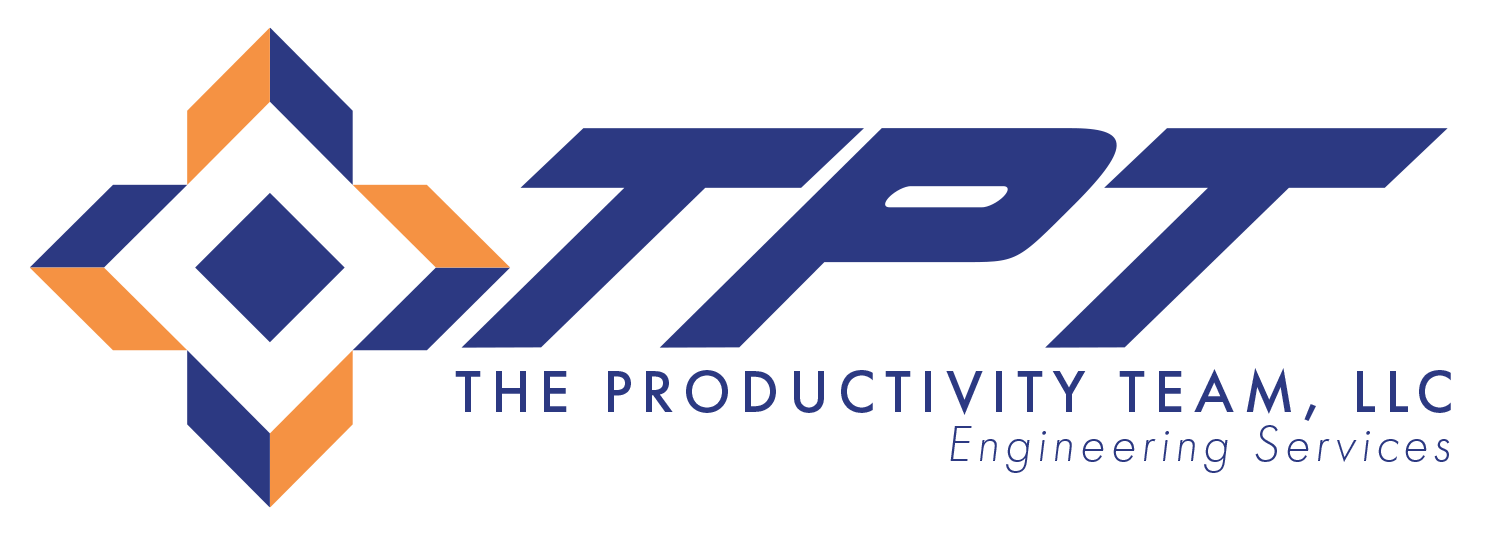APQP is an acronym for Advanced Product Quality Planning. APQP is all about making use of customer opinion and expectations during product planning. It involves clearly understanding what customers want from a product and then planning accordingly to meet their expectations.
APQP is especially useful for companies involved in producing new and improved products. These businesses can get feedback from customers, which they can use to structure creative ideas for new and improved products. This helps minimize the risk of products failing due to process failure.
APQP Phases
The processes involved in APQP include:
1. Planning and Product Definition
When a company wants to introduce a new product or improve an old one, they have to plan and strategize properly before delving into the product design process. During this planning period, companies will collect information from clients on what they expect from their products.
The business then has to understand the customers’ expectations and start planning out the product details. After the planning process, the company can start thinking of ways to carry out the design and creation process. This process can be carried out using some software tools.
2. Product Design and Development
During this phase, the product design process takes place. The company will carry out the design, review, and verification of the product. The materials, characteristics, and specifications required to meet the product requirements will be considered.
The product design stage is generally to assess the feasibility of the product. If the product is deemed feasible, control plans for creating a prototype product can commence. Design failure and effect analysis will also take place to evaluate the probability of failure.
3. Creating and Developing the Product Manufacturing Process
In this stage, the business looks for a suitable way to manufacture the product. The business plans the whole process involved in making the product while considering product quality, cost, and specification in mind. The whole production process and the quantity needed to meet demand are considered in this stage.
This stage focuses on the efficiency and cost of manufacturing the product, the process involved, applying specifications, and product finishing. All these must be carried out while ensuring customer wants and expectations are met.
4. Process and Product Validation
This stage, as the name implies, involves validating the process of manufacturing the product and the product itself. In this phase, there will be a test run to determine whether the product manufacturing process and control plan for the product will be effective. During this stage, it will be determined whether client expectations will be met.
5. Product Launch, Assessment, and Feedback
During this phase, the product is launched. This is the stage where the company introduces the new or improved product to the customers. Responses from the customers will also be received at this stage, which will determine whether there is any room for improvement or if the product meets expectations. Here, the company will assess the feedback from the customers to determine the success rate of the product.
Conclusion
APQP is very useful for businesses in the production line. It offers a method for planning, designing, and manufacturing products that meet the needs and expectations of customers. APQP helps businesses achieve a successful product launch while minimizing the risk of product failure.
Contact Us to Learn More About TPT
TPT is the leading provider of facility planning and engineering services. Contact us today to speak with one of our planning and engineering specialists.
